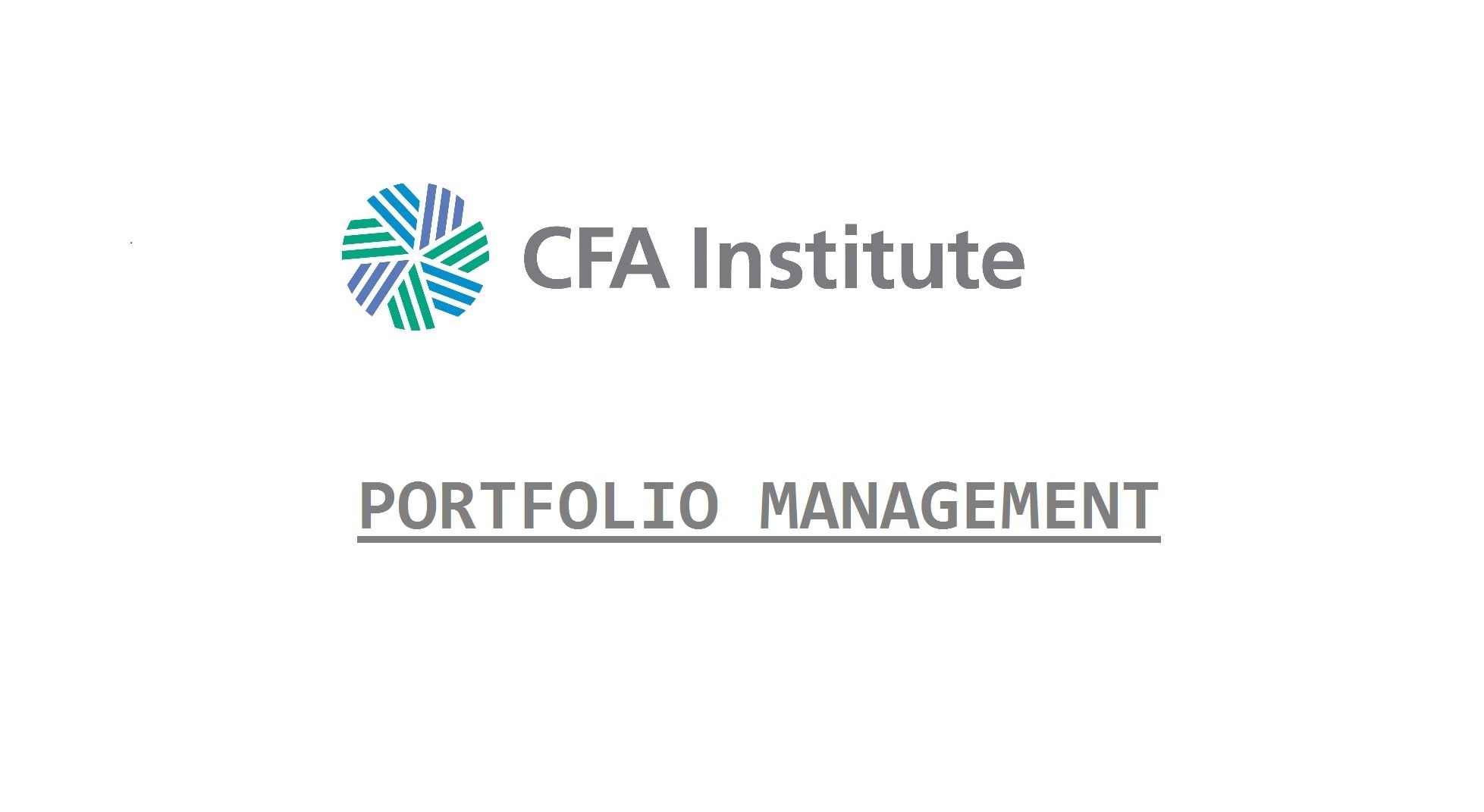Anomalies are identified by persistent abnormal returns that differ from zero and are predictable in direction.
Momentum Effect
A pattern of returns that is correlated with the recent past would be classified as a momentum effect.
Herding is when investors trade in the same direction or in the same securities, and possibly even trade contrary to the information they have available to them. Two behavioral biases associated with herding are the availability bias and fear of regret.
Regret can lead investors to buy investments they wish they had purchased, which in turn fuels a trend-chasing effect. Chasing trends can lead to excessive trading, which in turn creates short-term trends. The disposition effect, which incorporates loss aversion, stems from overconfidence in mean reversion, resulting in selling winners too early and holding onto losers for too long.
Financial Bubbles and Crashes
Typically, in a bubble, the initial behavior is thought to be rational as investors trade according to economic changes or expectations. Later, the investors start to doubt the fundamental value of the underlying asset, at which point the behavior becomes irrational.
In bubbles, investors sometimes exhibit rational behavior—they know they are in a bubble but don’t know where the peak of the bubble is. Or, there are no suitable alternative investments to get into, making it difficult to get out of the current investment. For investment managers, there could be performance or career incentives encouraging them to stay invested in the inflated asset class.
There are several different types of behavior that are evident during bubbles. Investors usually exhibit overconfidence, leading to excessive trading and underestimating the risk involved.
Portfolios become concentrated, and investors reject contradictory information. Overconfidence is linked to the confirmation bias, in which investors look for evidence that confirms their beliefs and ignore evidence that contradicts their beliefs. Self-attribution bias is also present when investors take personal credit for the success of their trades.
Hindsight bias is present when the investor looks back at what happened and says, “I knew it all along.” Regret aversion is present when an investor does not want to regret missing out on all the gains everyone else seems to be enjoying.
The disposition effect is prevalent when investors are more willing to sell winners and hold onto losers, leading to the excessive trading of winning stocks.
Value vs. Growth
Two anomalies discussed by Fama and French are associated with the outperformance of value and growth stocks. Value stocks have low price-to-earnings ratios, high book-to-market values, and low price-to-dividend ratios, with growth stocks having the opposite characteristics.
Other studies have offered behavioral explanations, identifying the value and growth anomalies as a mispricing rather than an adjustment for risk.
In the halo effect, the investor transfers favorable company attributes into thinking that the stock is a good buy. This is a form of representativeness in which investors extrapolate past performance into future expected returns, leading growth stocks to become overvalued.
The home bias anomaly is one where investors favor investing in their domestic country as compared to foreign countries. This also pertains to companies that are located closer to the investor.
